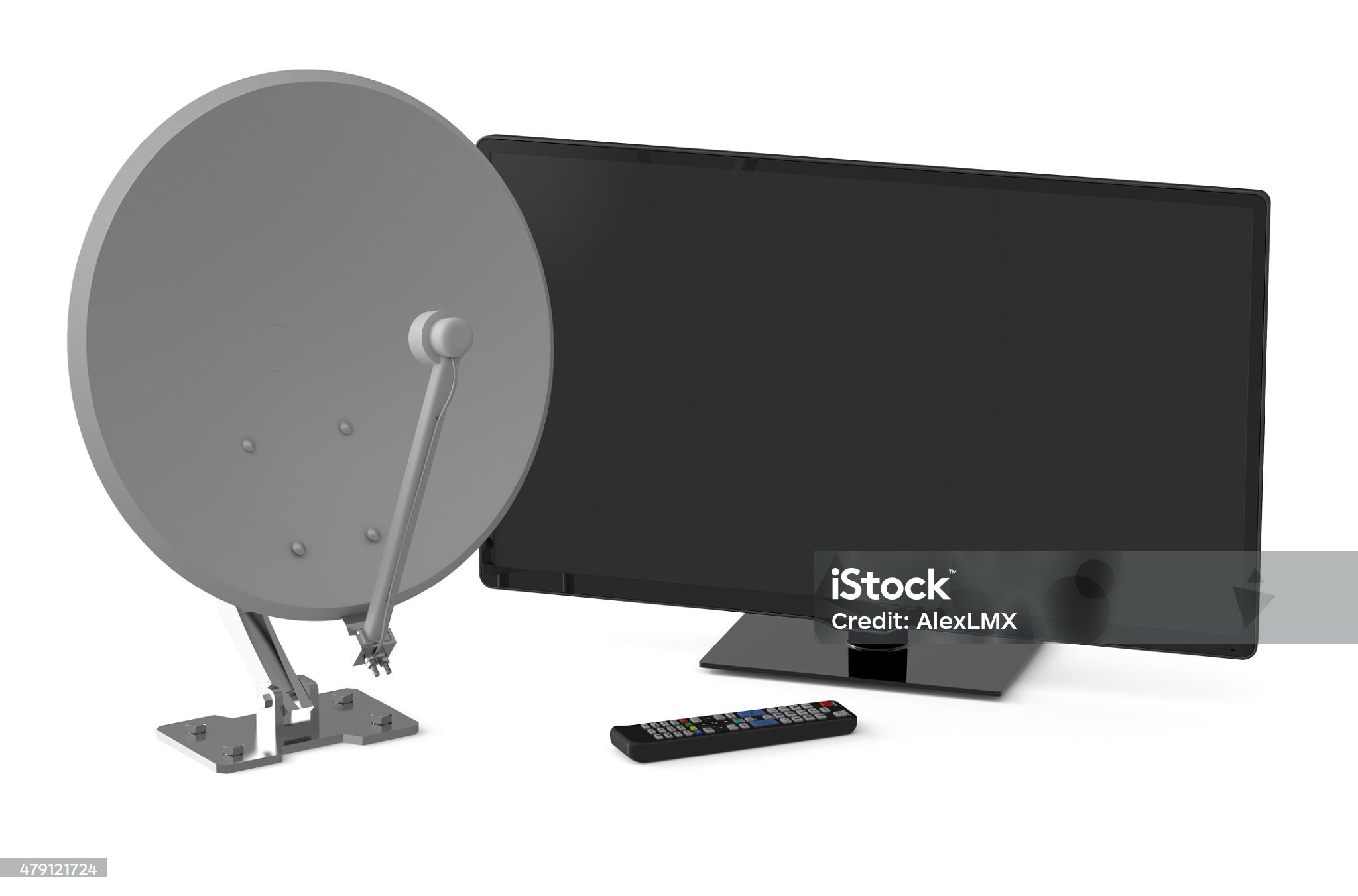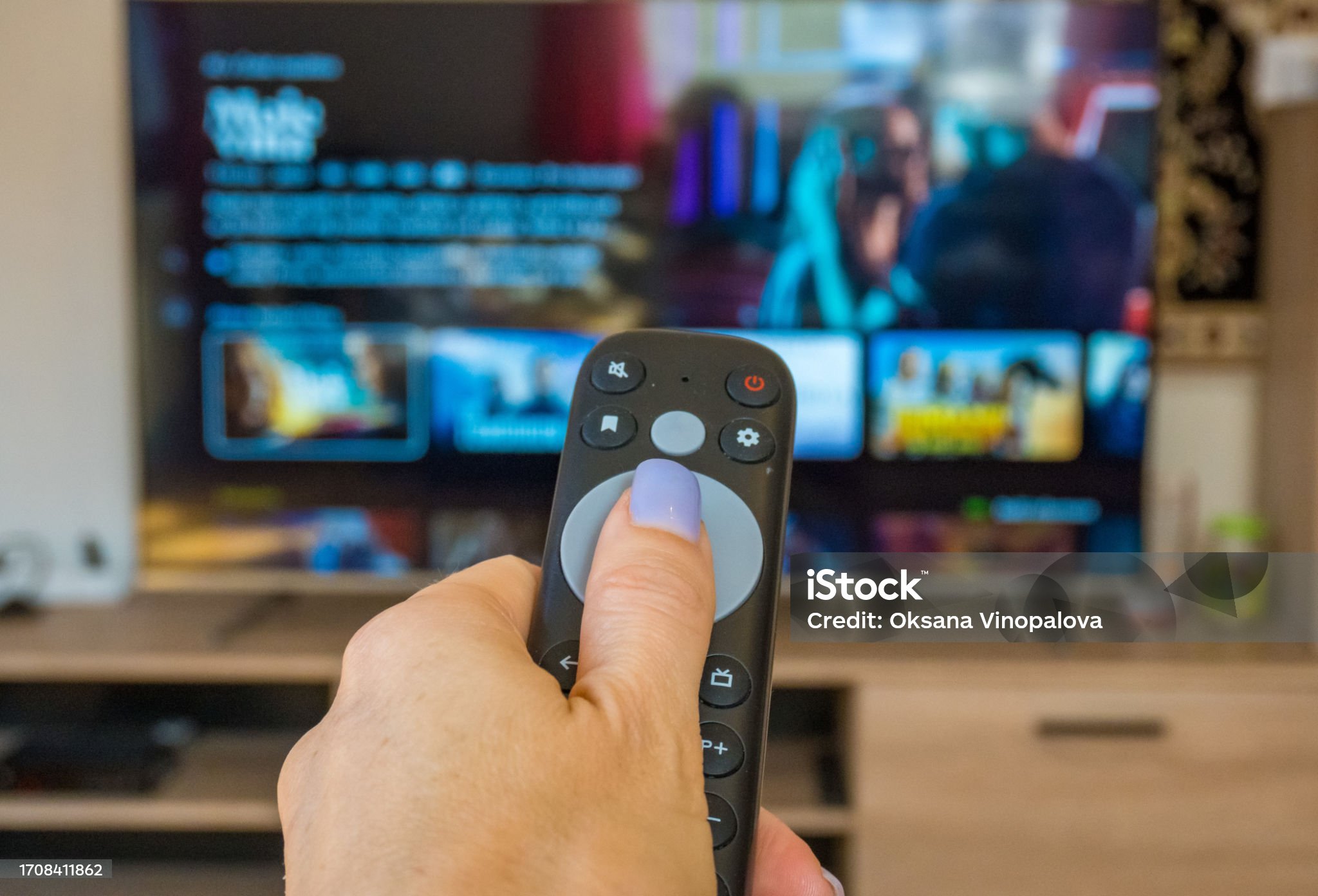The Future of IPTV in the UK and America: Technological Trends
The Future of IPTV in the UK and America: Technological Trends
Blog Article
1.Overview of IPTV

IPTV, also known as Internet Protocol Television, is growing in significance within the media industry. Unlike traditional cable and satellite TV services that use expensive and primarily proprietary broadcasting technologies, IPTV is transmitted over broadband networks by using the same Internet Protocol (IP) that serves millions of PCs on the modern Internet. The concept that the same on-demand migration lies ahead for the era of multiscreen TV consumption has already piqued the curiosity of various interested parties in the technology convergence and growth prospects.
Consumers have now started to watch TV programs and other media content in a variety of locations and on a variety of devices such as mobile phones, computers, laptops, PDAs, and various other gadgets, in addition to traditional TV sets. IPTV is still in its infancy as a service. It is growing, however, by leaps and bounds, and various business models are emerging that are likely to sustain its progress.
Some argue that low-budget production will likely be the first content production category to reach the small screen and explore long-tail strategies. Operating on the commercial end of the TV broadcasting pipeline, the current state of IPTV hosting or service, on the other hand, has several clear advantages over its rival broadcast technologies. They include crystal-clear visuals, flexible viewing, DVR functionality, audio integration, web content, and immediate technical assistance via alternative communication channels such as mobile phones, PDAs, satellite phones, etc.
For IPTV hosting to work efficiently, however, the internet gateway, the primary networking hub, and the IPTV server consisting of video encoders and blade server setups have to collaborate seamlessly. Numerous regional and national hosting facilities must be entirely fail-safe or else the stream quality falters, shows seem to get lost and fail to record, interactive features cease, the screen goes blank, the sound becomes interrupted, and the shows and services will not work well.
This text will examine the competitive environment for IPTV services in the UK and the US. Through such a comparative analysis, a range of meaningful public policy considerations across various critical topics can be explored.
2.Legal and Policy Structures in the UK and US Media Sectors

According to legal principles and associated scholarly discussions, the selection of regulatory approaches and the details of the policy depend on one’s views of the market. The regulation of media involves competition-focused regulations, media control and proprietorship, consumer rights, and the safeguarding of at-risk populations.
Therefore, if we want to regulate the markets, we must comprehend what characterizes media sectors. Whether it is about ownership limits, studies on competition, consumer safeguards, or media content for children, the policy maker has to understand these sectors; which media sectors are growing at a fast pace, where we have market rivalry, integrated vertical operations, and ownership crossing media sectors, and which media markets are struggling competitively and suitable for fresh tactics of industry stakeholders.
Put simply, the current media market environment has consistently evolved to become more fluid, and only if we reflect on the policymakers can we anticipate upcoming shifts.
The growth of IPTV across regions normalizes us to its dissemination. By combining traditional television offerings with innovative ones such as interactive digital features, IPTV has the potential to be a key part of increasing the local attractiveness of remote areas. If so, will this be sufficient for the regulator to adapt its strategy?
We have no evidence that IPTV has greater allure to non-subscribers of cable or satellite services. However, certain ongoing trends have had the effect of putting a brake on IPTV growth – and it is these developments that have led to dampened forecasts about IPTV's future.
Meanwhile, the UK embraced a liberal regulation and a engaged dialogue with market players.
3.Key Players and Market Share

In the British market, BT is the leading company in the UK IPTV market with a 1.18% market share, and YouView has a 2.8% share, which is the scenario of basic and dual-play service models. BT is usually the leader in the UK based on statistics, although it experiences minor shifts over time across the 7 to 9 percent bracket.
In the United Kingdom, Virgin Media was the first to start IPTV through HFC infrastructure, with BT entering later. Netflix and Amazon Prime are the dominant streaming providers in the UK IPTV market. Amazon has its own digital set-top box-focused service called Amazon Fire TV, similar to Roku, and has just launched in the UK. However, Netflix and Amazon are not available in any telecommunications provider networks.
In the American market, AT&T leads the charts with a market share of 17.31%, outperforming Verizon’s FiOS at a close 16.88%. However, considering only DSL-delivered IPTV, the leader is CenturyLink, with runners-up AT&T and Frontier, and Lumen.
Cable TV has the majority hold of the American market, with AT&T successfully attracting 16.5 million subscribers, largely through its U-verse service and DirecTV service, which also is active in the Latin American market. The US market is, therefore, split between the leading telecom providers offering IPTV services and modern digital entrants.
In Western markets, key providers offer integrated service packages or a strategy focusing on loyal users for the majority of their marketing, promoting multi-play options. In the United States, AT&T, Verizon, and Lumen depend on their proprietary infrastructure or legacy telecom systems to deliver IPTV solutions, however on a lesser scale.
4.Subscription Types and Media Content

There are differences in the programming choices in the IPTV sectors of the UK and US. The potential selection of content includes live broadcasts from national and regional networks, programming available on demand, archived broadcasts, and exclusive productions like TV shows or movies exclusive to the platform that could not be bought on video or aired outside the platform.
The UK services feature classic channel lineups akin to the UK cable platforms. They also include medium-tier bundles that cover essential pay-TV options. Content is categorized not just by genre, but by medium: terrestrial, satellite, Freeview, and BT Vision VOD.
The main differentiators for the IPTV market are the plan types in the form of preset bundles versus the more customizable channel-by-channel option. UK IPTV subscribers can select add-on subscription packages as their content needs shift, while these channels come pre-bundled in the US, in line with a user’s initial fixed-term agreement.
Content alliances reflect the distinct policy environments for media markets in the US and UK. The age of shrinking windows and the evolving industry has major consequences, the most direct being the market role of the UK’s primary IPTV operator.
Although a new player to the crowded and competitive UK TV sector, Setanta is positioned to gain significant traction through presenting a modern appeal and having the turn of the globe’s highest-profile rights. The strength of the brands plays an essential role, paired with a product that has a cost-effective pricing and provides the influential UK club football fans with an appealing supplementary option.
5.Emerging Technologies and Upcoming Innovations

5G networks, integrated with millions of IoT devices, have disrupted IPTV transformation with the introduction of AI and machine learning. Cloud computing is greatly enhancing AI systems to enable advanced features. Proprietary AI recommendation systems are gaining traction by media platforms to capture audience interest with their own advantages. The video industry has been enhanced with a modernized approach.
A higher bitrate, via better resolution or improved frame rates, has been a main objective in improving user experience and expanding subscriber bases. The breakthrough in recent years were driven by new standards crafted by industry stakeholders.
Several proprietary software stacks with a reduced complexity are close to deployment. Rather than focusing on feature additions, such software stacks would allow video delivery services to optimize performance to further improve customer satisfaction. This paradigm, similar to earlier approaches, hinged on customer perception and their need for cost-effectiveness.
In the near future, as technological enthusiasm creates a uniform market landscape in user experience and industry growth reaches equilibrium, we anticipate a service-lean technology market scenario to keep older audiences interested.
We emphasize a couple of critical aspects below for the UK and US IPTV markets.
1. All the major stakeholders may participate in the evolution in media engagement by transforming traditional programming into usa iptv reseller interactive experiences.
2. We see VR and AR as the main catalysts behind the rising trends for these areas.
The ever-evolving consumer psychology puts analytics at the center stage for every stakeholder. Legal boundaries would restrict unrestricted availability to consumers' personal data; hence, data privacy and protection laws would hesitate to embrace new technologies that may risk consumer security. However, the existing VOD ecosystem suggests otherwise.
The cybersecurity index is currently extremely low. Technological leaps and bounds have made cyber breaches more remote than manual efforts, thereby advantaging cybercriminals at a larger scale than traditional thieves.
With the advent of headend services, demand for IPTV has been on the rise. Depending on user demands, these developments in technology are poised to redefine IPTV.
References:Bae, H. W. and Kim, D. H. "A Study of Factors affecting subscription to IPTV Service." JBE (2023). kibme.org
Baea, H. W. and Kima, D. H. "A Study about Moderating Effect of Age on The IPTV Service Subscription Intention." JBE (2024). kibme.org
Cho, T., Cho, T., and Zhang, H. "The Relationship between the Service Quality of IPTV Home Training and Consumers' Exercise Satisfaction and Continuous Use during the COVID-19 Pandemic." Businesses (2023). mdpi.com
Report this page